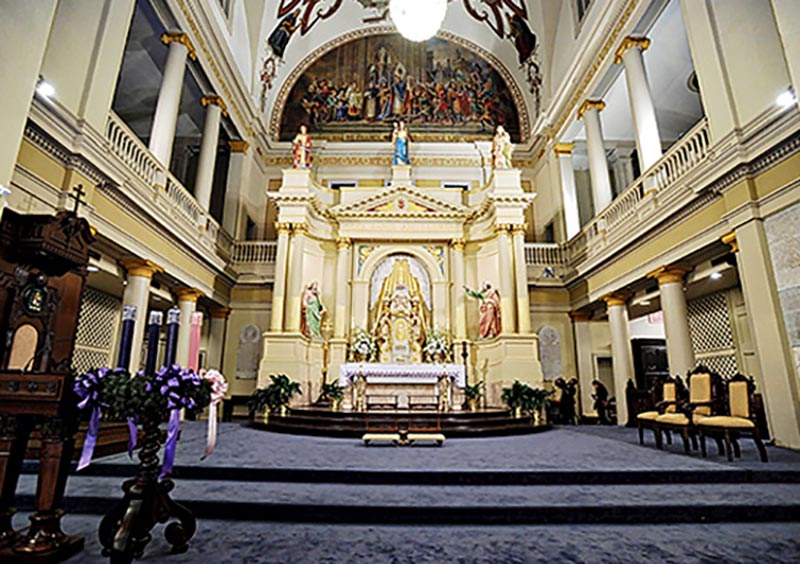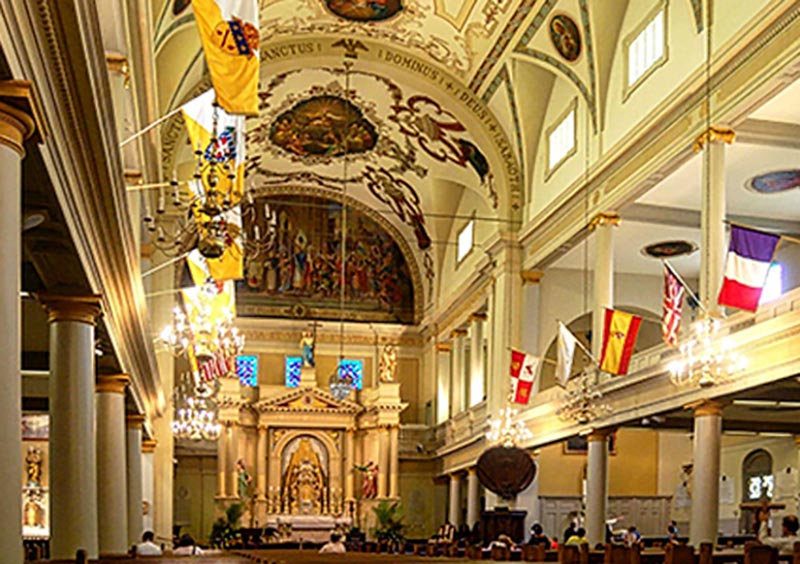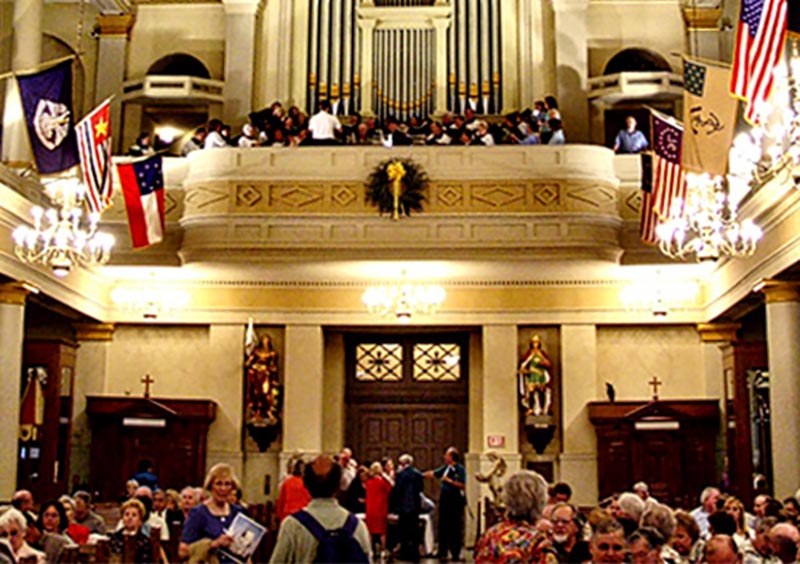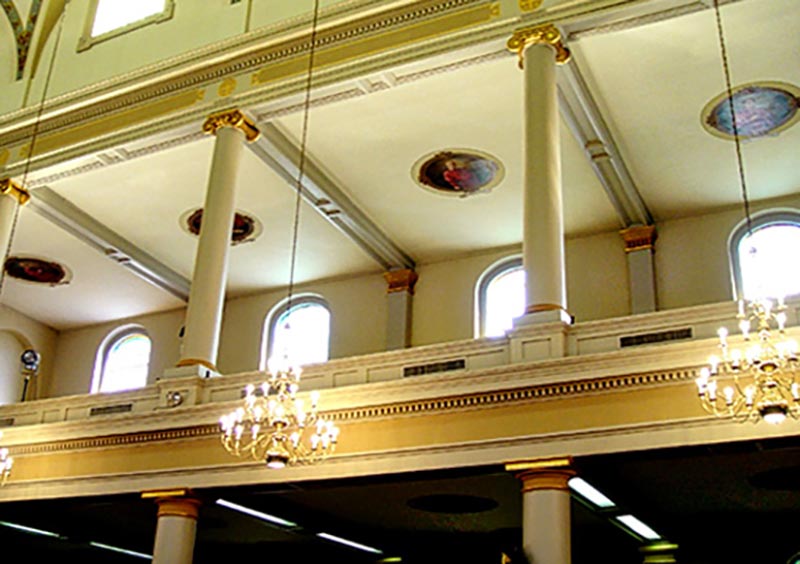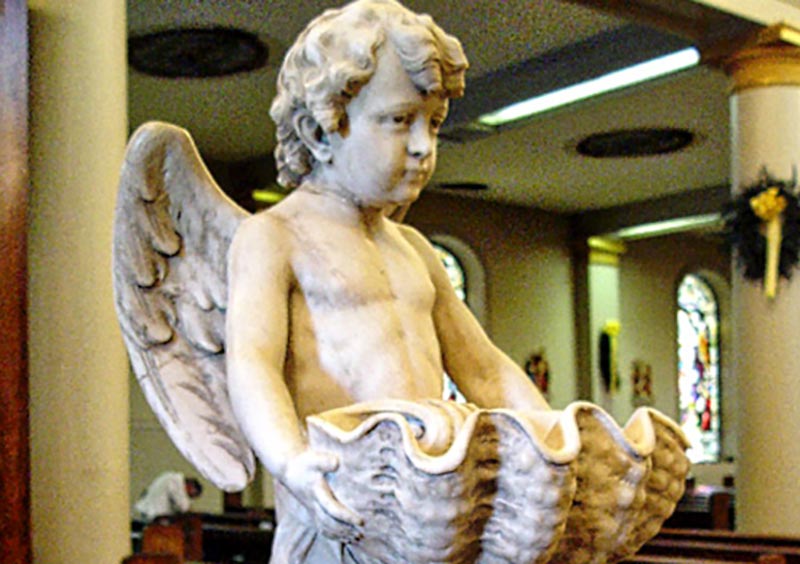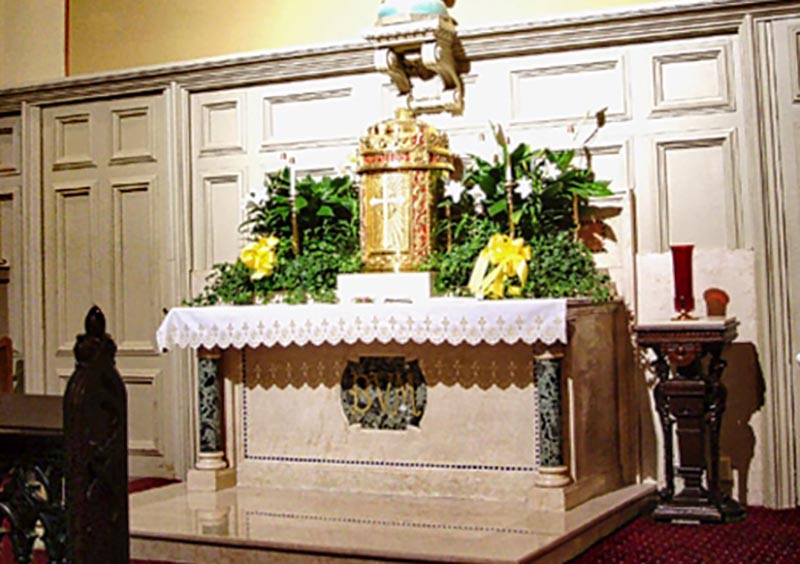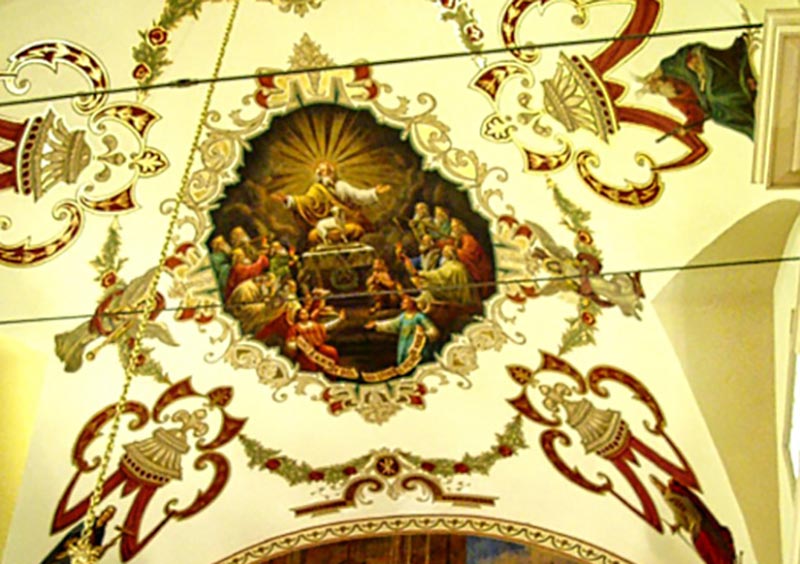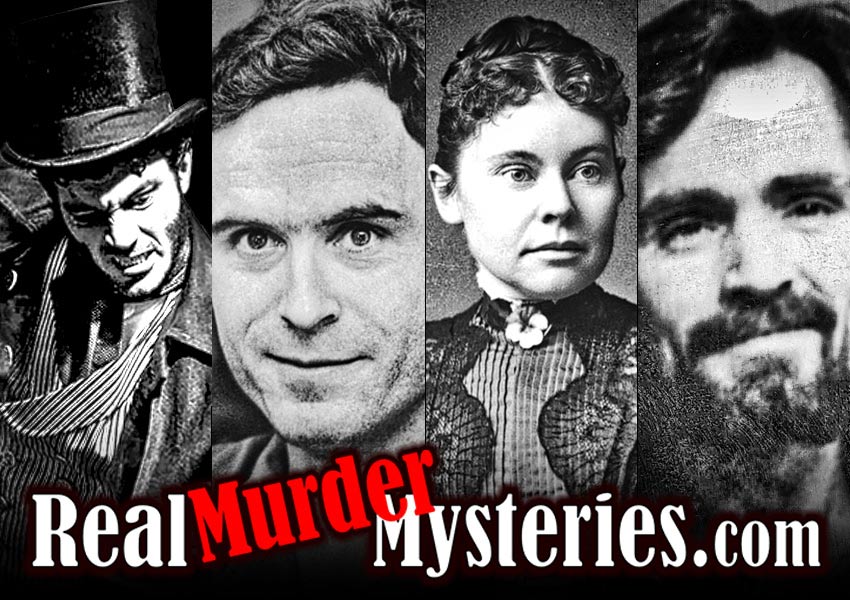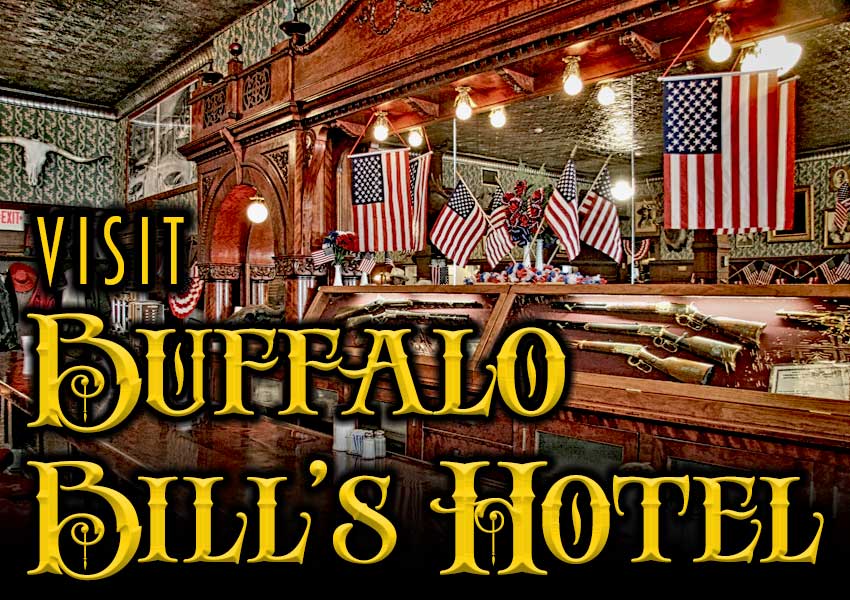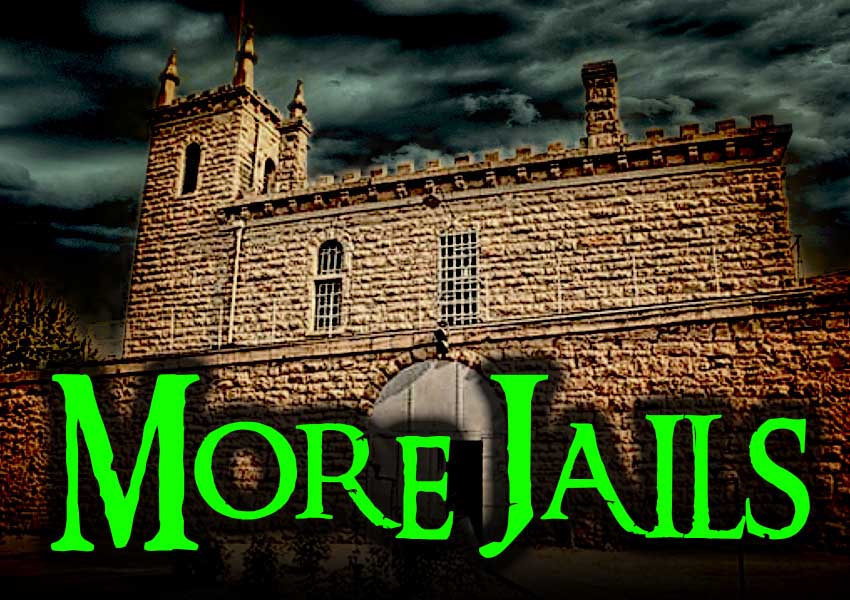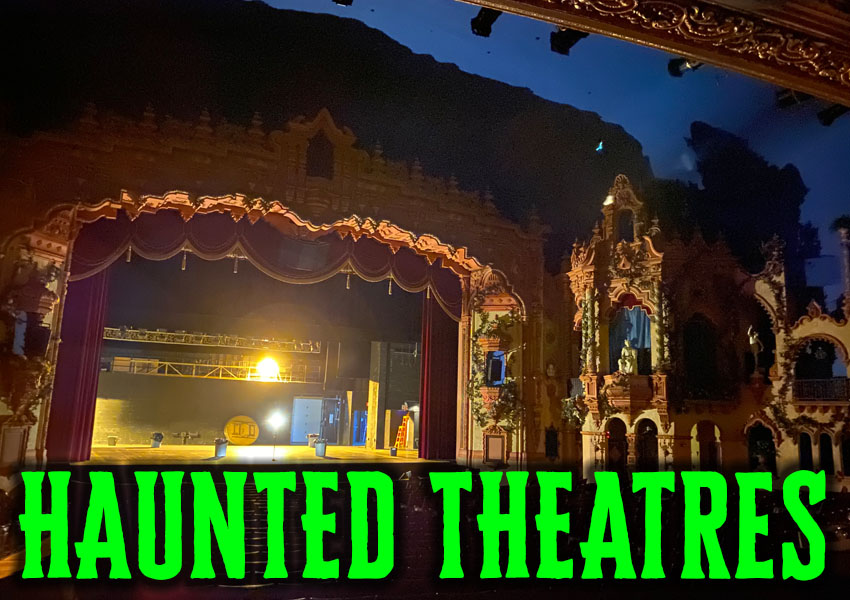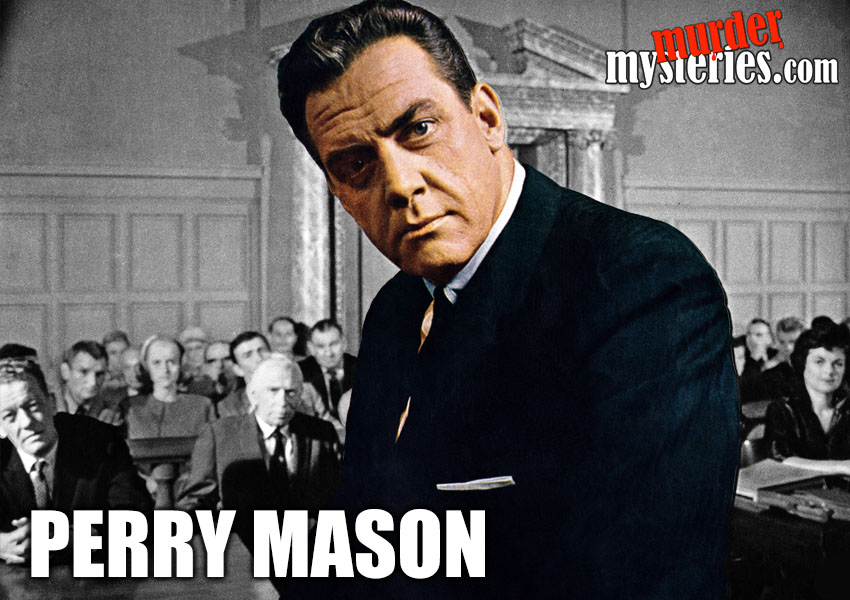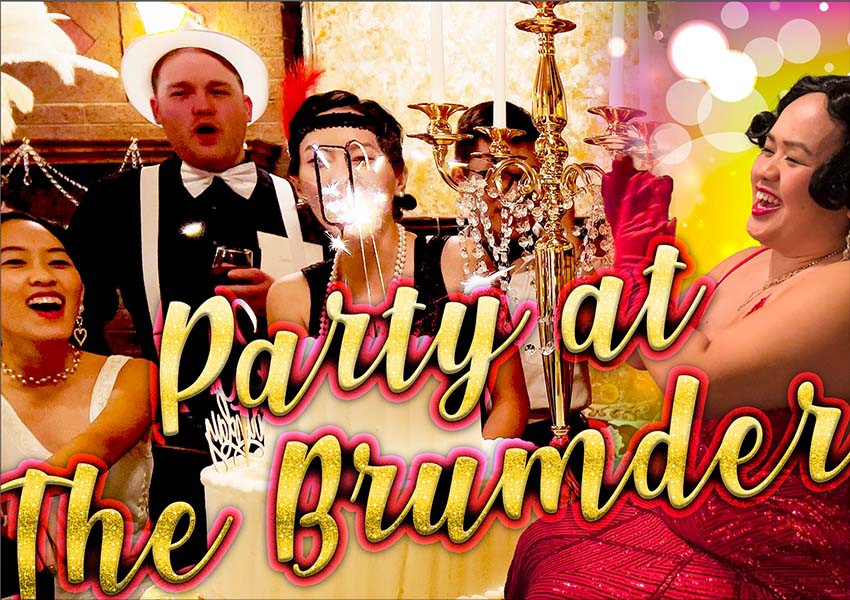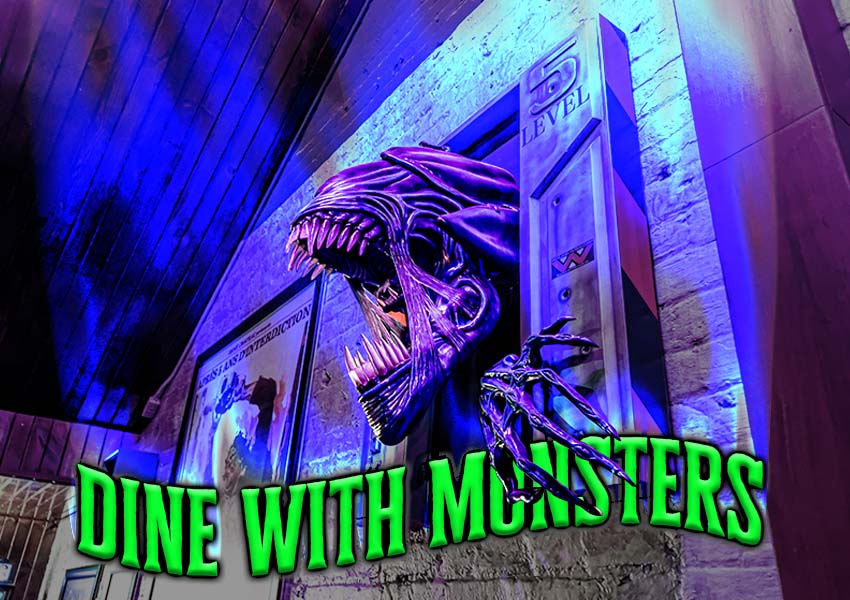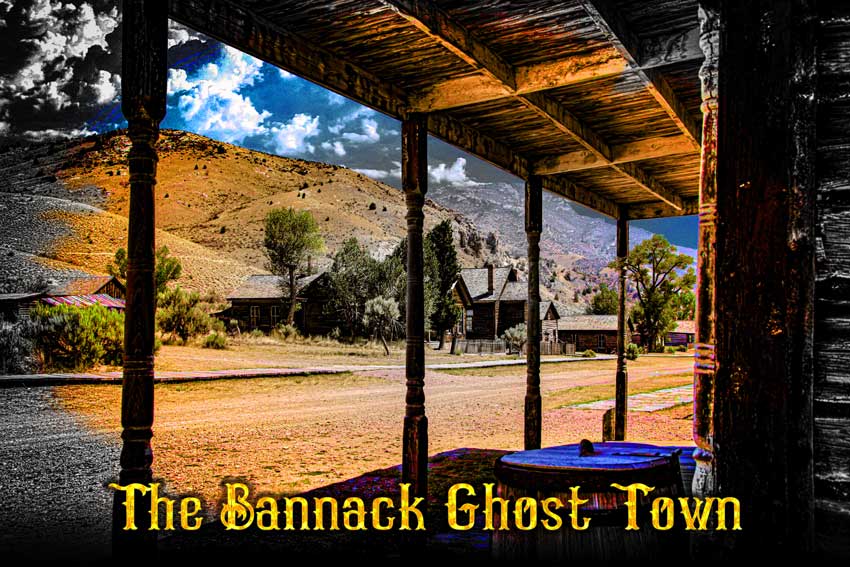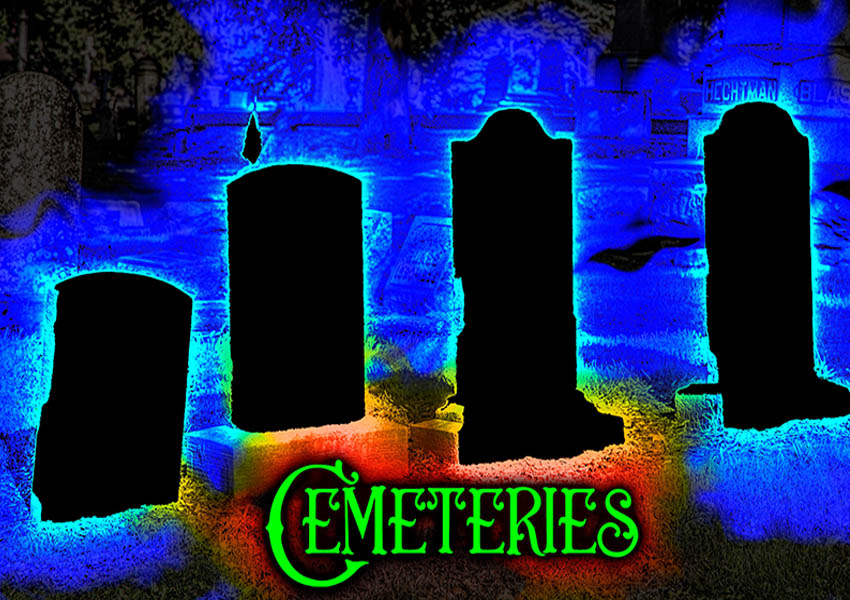New Orleans Louisiana
St Louis Cathedral
A diverse variety of spirits still have things to do here: a Voo Doo
Priestess, executed prisoners, a former organist, and dedicated priests.
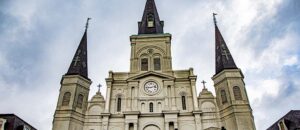
DESCRIPTION
This beautiful 1850 Cathedral Basilica is the landmark structure of New Orleans, with its two side steeples and central bell tower with its steeple.
It is designed inside along the lines of traditional large churches of its time, with a central main altar, two side alters, a beautiful pipe organ, that has recently been rebuilt due to water damage from Hurricane Katrina, a vestibule and other statues of importance, breathtaking ceilings and lovely decor. The lovely Cathedral Garden can be found behind the Cathedral-Basilica, on Royale Street.
HISTORY
On this plot of land, there have been 4 churches, built to serve the spiritual and physical needs of the people of New Orleans. The first structure arose in 1718, a crude wooden structure, a temporary solution for a people really in need of spiritual teaching. The second church was a proper building of brick and timber, which served the people well, from 1727 until it was burned to the ground during the horrible fire of 1788, which destroyed most of the French Quarter.
But not to worry, the Spanish built a glorious cathedral, which was finished in 1794, and declared a cathedral in 1793 by Pope Pius. While the two side rounded steeples were in this original building, the central bell tower was commissioned in 1819, designed by well-known architect, Ben Henry Latrobe, who also designed the White House. The bell and original clock came all the way from Paris.
By 1849, a larger cathedral was needed for a growing population. During this 1850 ambitious renovation, the central tower collapsed, causing the whole cathedral to be redone, losing much of the original Spanish architecture. However, the new design was solid and beautiful, creating a house of worship that has endured over 150 years! This solid, beautiful 1850 cathedral was upgraded to a basilica in 1964, by John Paul II.
HISTORY OF MANIFESTATIONS
St. Louis Cathedral Basilica is considered by many to be one of the most haunted buildings in New Orleans. It has long been the center of spiritual worship of God for the people of New Orleans, and has been blessed with some dedicated people and priests who have served the Lord with fervent dedication in ministry.
The story of Pere Dagobert and the slain men
The trouble began in 1764, when the King of France quietly gave the colony of New Orleans and his Louisiana property to the King of Spain in The Treaty of Fountainbleu, neglecting to tell his Creole subjects in New Orleans. Imagine the alarm when the Spaniards arrived in 1766, took down the French flag and replaced it with a Spanish one. Thinking that they were being invaded, the people got together, and formed an army, led by 6 prominent, Creole gentlemen. The Spanish at the end of the skirmish left in haste, escaping to Cuba. In 1769, a fleet of 24 Spanish ships carrying battle-ready troops and a fiery new governor of Irish decent, Don Alejandro O’Reilly, retook New Orleans. The new governor had his troops chase down the 6 leaders of the rebellion, and shot them without due process of law, leaving their bodies in front of the church.
The new governor forbade anyone from moving the bodies for burial, but decreed that they were to be left to rot in front of the church, to teach everyone a lesson. Anyone caught moving the remains would suffer the same fate. This was abhorrent not only to the residents and Pere Dagobert, but also the Spanish, who also were Catholics.
The beloved Pere Dagobert visited this arrogant, merciless governor twice, pleading to be allowed to give these men a proper burial. However, the governor refused him both times and threatened to shoot Pere Dagobert if he came back again to ask for the bodies.
Pere Dagobert knew what he had to do, and he wasn’t afraid. During a big storm, Pere Dagobert gathered all the families, had the remains put into pine boxes, led a funeral, and sang boldly the mass, in his clear, distinctive voice. He led the procession down to St. Peter’s cemetery, singing all the way, where the remains were buried in unmarked graves. No one stopped them. While Pere Dagobert was replaced by the new Spanish monk, Pere Antoine, brought over from Spain in 1769, until he died of natural causes. He was buried under the main altar.
The graves of the 6 men were never marked, and eventually, the cemetery was closed, and other buildings were constructed on top of it. Hopefully an attempt was made to move most the remains, but unmarked graves can’t be found easily. Throughout the years, bones have been dug up inadvertently during construction projects. Uh Oh!
The story of the Spanish Monk, Pere Antoine
Pere Antoine started off on the wrong foot in every way, being fresh off the boat from Spain, and determined to establish old world, harsh Catholicism in a new world setting. Known as the Spanish bigot, he caused pain and trouble. He even tried to establish a Holy Court of Inquisition in Louisiana, but luckily failed. All his misdoings and the harm he caused, became a source of great shame to him, after he underwent a spiritual renewal, that changed his perception of what his ministry should be.
Once he found the right path, he focused on his ministry with all his heart and soul. He became a true spiritual leader, prayer warrior, counselor, teacher, and had a vigorous outreach program for the sick, the poor, the imprisoned and the slaves, working tirelessly for their benefit. He ministered to Protestants and Catholics or anyone in need, while living a simple life-style. He died at the age of 81 and was deeply mourned by the whole city of New Orleans. He too is buried in the cathedral, and his portrait hangs in the vestibule, giving everyone a clear picture of what he looked like; A tall, thin man, with dark brown eyes, a flowing white beard, wearing a traditional black monk robe and sandals.
He was instrumental in the lives of several well-known residents, performing the sacraments, teaching and counseling them; Truly a spiritual father to such parishioners as Marie Laveau, Madam LaLaurie, & Aimee Brusle.
The story of Marie Laveau
Marie Laveau – Her full story can be found on the St. Louis Cemetery Number 1 story on this website. Marie followed two religions: Catholicism: Worship of Jesus, and Voudou: Worship of the dark powers. She had her bases covered spiritually, or so she thought.
Marie was a devout Catholic, and worked with Pere Antoine in his ministry to the poor, and the sick. She helped to nurse yellow fever patients, by the side of Pere Antoine. Despite her good works, displaying her Catholicism, she was denied a marked tomb when she died, because of her other darker activities in her Voudou worship business.
The story of Aimee Brusle
A devout Catholic, daughter of a successful baker, she grew up under the influence of the good Pere Antoine. She married a Jewish merchant, Edward Gottchalk, probably against the wishes of her family, and despite Pere Antoine’s advise, who also may have had an insight into the young man’s character. The marriage turned out to be an unhappy one, as her husband kept a mistress down the street. She had several children. Her youngest daughter, Theresa, died of yellow fever. Her son, Louis Moreau Gottschalk who had inherited her musical talent, was a child prodigy in music. His father sent him to Paris at the age of 8, to study with the masters there. He became the first American artist of great acclaim.
Anna felt trapped, and depressed, but consoled herself by playing the newly installed cathedral organ, which eased her great remorse temporarily.
She fought against her depression the rest of her life, by spending hours in the cathedral-basilica, playing the organ, while her husband continued with his business and mistress, and her children grew up.
The story of Ben Henry Latrobe
Ben Henry Latrobe, the designer of the first bell tower, died before his labor of love was finished. His bell tower also collapsed during the revamping of the cathedral in 1849.
The story of Jean Delachaux
He was the person sent to Paris to purchase a bell and clock for the original tower. This tower eventually collapsed, and a new one was built in 1849. While the original bell was reinstated, perhaps a newer clock was installed, which seems to be a point of concern for this dedicated soul.
The story of Delphine Macarty LaLaurie
She led a double life; Being a well-respected, wealthy woman, married to a pillar of the community, hosting parties for the in-crowd at the time, while having a sadistic side seen in slave abuse, mutilation and torture. Her two worlds were destined to collide, after a fire in the kitchen brought light to what she was doing to her slaves. She and her husband quickly left New Orleans, two steps ahead of the authorities, with tattered reputations and ruined lives, taking respite, some say in Paris. Others say they fled to a friend’s mansion somewhere in Louisiana.
When Madame LaLaurie died in Paris, her remains were buried in St. Louis Cemetery Number 1, not far from the family tomb of Marie Laveau.
MANIFESTATIONS
Pere Dagobert and the entities of the 6 executed men
Whose graves were probably disturbed over time are present in the St Louis Cathedral-Basilica.
When the St Louis Cathedral-Basilica is closed for the evening, witnesses have heard the fine voice of Pere Dagobert singing a funeral mass, starting at the main altar. As the singing travels down the aisle toward the doors, witnesses have seen a bright light moving from window to window. The disembodied singing continues down the alley toward the area where St. Peter’s Cemetery used to be located.
Often, on rainy afternoons, the entity of Pere Dagobert has been seen by the living, still praying for the people of New Orleans, and probably for peace for the 6 entities who are linked to him.
Whenever the entity Pere Dagobert manifests itself, the entities of the 6 slain men are not far away, shyly standing in the shadows, ready to assist Pere Dagobert, eternally grateful to him for a proper Catholic funeral. It is also thought that these 6 entities are self-appointed guardians of the building.
The entity of Pere Antoine
Appears in full bodily form, looking like a real person; exactly like he is pictured in his portrait: Witnesses see a tall man, with brown eyes and a flowing white beard, wearing a black robe and sandals.
It is thought that he may still be really ashamed of his earlier folly, or that he chooses to continue to serve this congregation that he had dedicated himself to serve in Christ. The good Pere has been seen walking down Pere Antoine’s Alley, deep in prayer, reading his book of prayers. He is also seen deep in thought, walking through the Cathedral garden.
During all times of the day, tourists and locals have seen this entity hurrying through the streets of the French Quarter, on a mission of need. They have also seen him in unexpected places. A woman in high heels was hurrying down Pere Antoine’s Alley, tripped and was headed for a bad fall, when she was caught by a robed man, Pere Antoine, who helped her onto her feet, and then disappeared before she could thank him. She felt a peace all afternoon.
When the children’s choir is rehearsing for a performance, the entity of Pere Antoine likes to appear, sit in the pew opposite the altar, and loves to listen to their voices. During the holidays, the entity of Pere Antoine is an active spirit, appearing in the choir loft, and will hold a white candle during Christmas Eve Mass while walking down a side aisle-way. Regrets about their lives have kept some parishioners tied to this world.
The entity of Madame LaLaurie
This detailed yet probably see-through apparition is trying to receive forgiveness for her despicable brutality.
Witnesses have seen her in a third row pew, kneeling and fervently praying, gazing up at the central altar.
Witnesses have seen her, looking forlorn, walking back and forth in the area of one of the confessional booths, looking for a priest to absolve her from her dastardly deeds.
The entity of Marie Laveau
Appears in a full, human-like state, looking very real to the living. She is a restless spirit annoyed with the living, and probably afraid to go to the other side.
When she isn’t walking around St. Louis Cemetery Number 1, reliving her VouDou practice, or visiting places she liked while alive, she is in the Cathedral-Basilica, praying on her knees, twice a day, early morning and evening, perhaps seeking forgiveness for her Voudou practice.
The entity of Aimee Brusle
Can’t let go of her grief, disappointment and deep regrets and go to the other side. She is seen, dressed in a dark, full dress from the mid 19th century.
The entity of his forlorn personality has been seen by witnesses in the organ loft, who looks down at the living with a depressed demeanor, though sometimes she is angry and frustrated.
Others observe that she seems to want to communicate with the living.
Her soft sobs of grief have been heard in the Cathedral vaults.
The entity of Ben Henry Latrobe
Was terribly disappointed about dying before his labor or love was finished. Was most active during the final days of construction of his tower.
A strange atmosphere of a haunted space was felt by the living in the tower area.
Workmen would only work there with a partner, as his presence was strongly felt, and sometimes seen if they stayed too long. It probably was like having someone look over your shoulder.
Tools and objects of the workmen would be moved by unseen hands.
Strange sounds were heard as well.
Sometime the bell would faintly sound, when no wind was present, like someone wanted to hear it ring.
The entity of Jean Delachaux
A man who is dressed in early 1800s attire.
Still has issues about the bell’s quality and dependability.
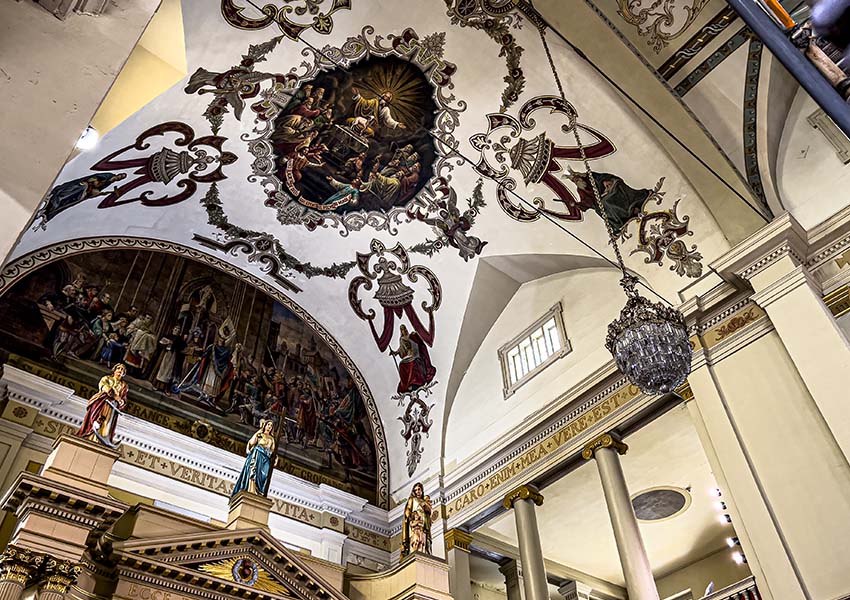
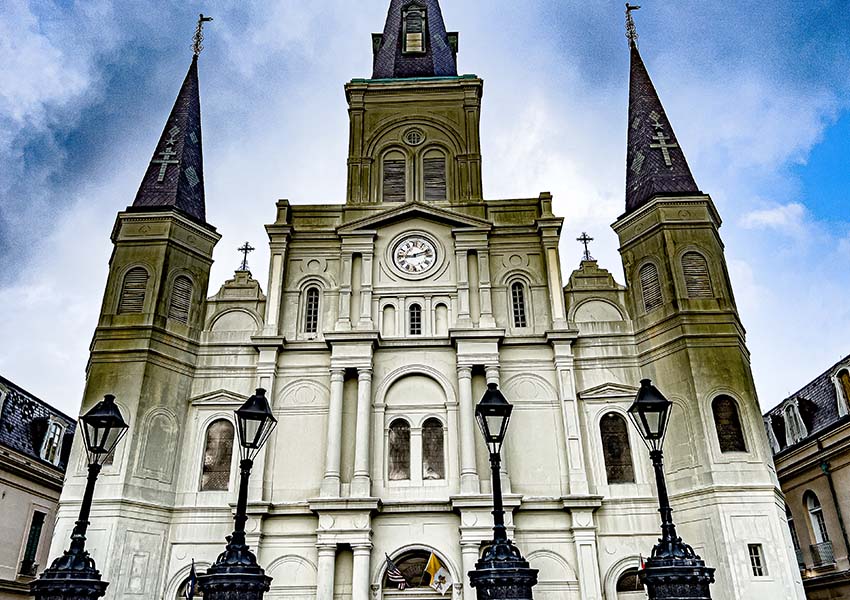
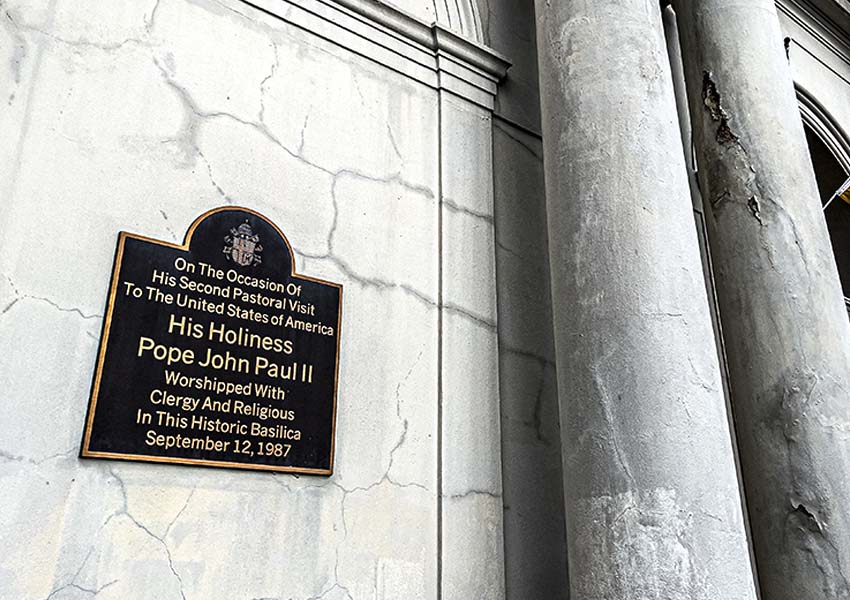
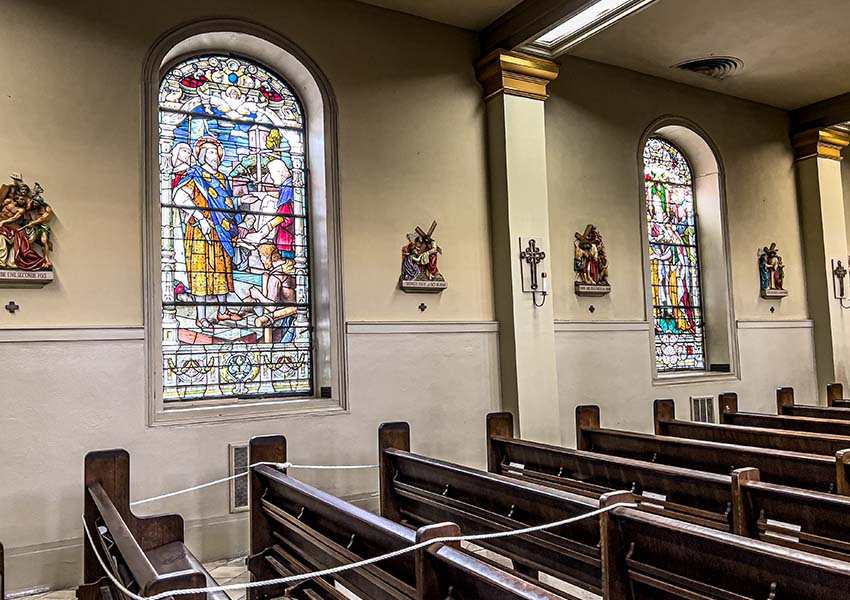
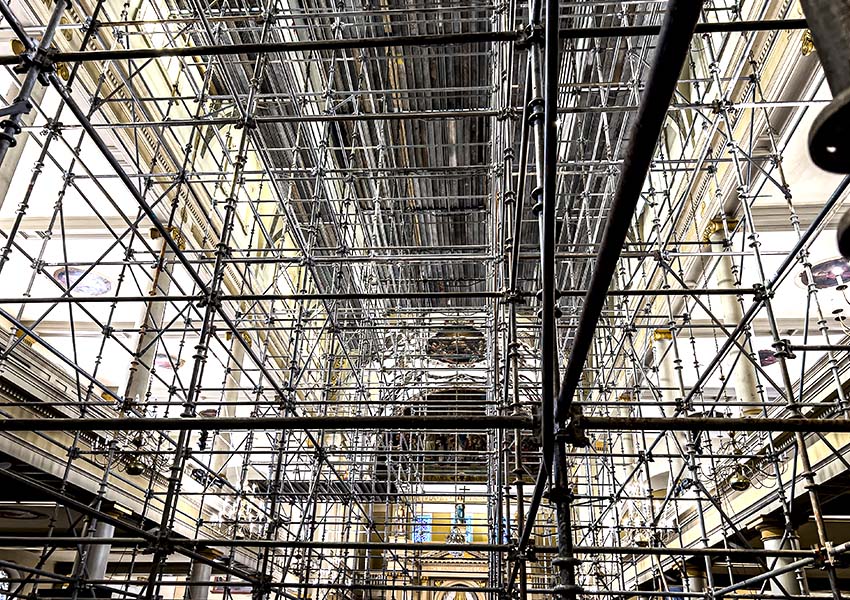
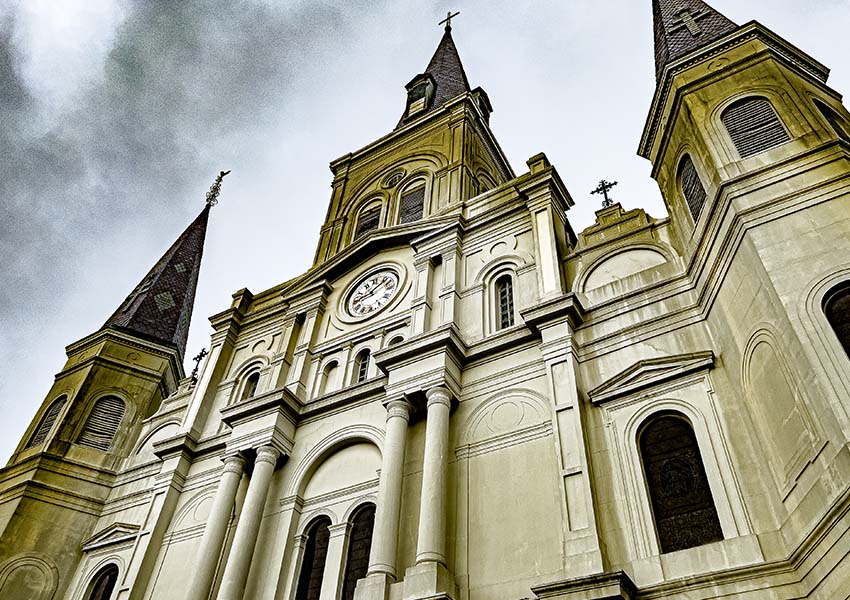
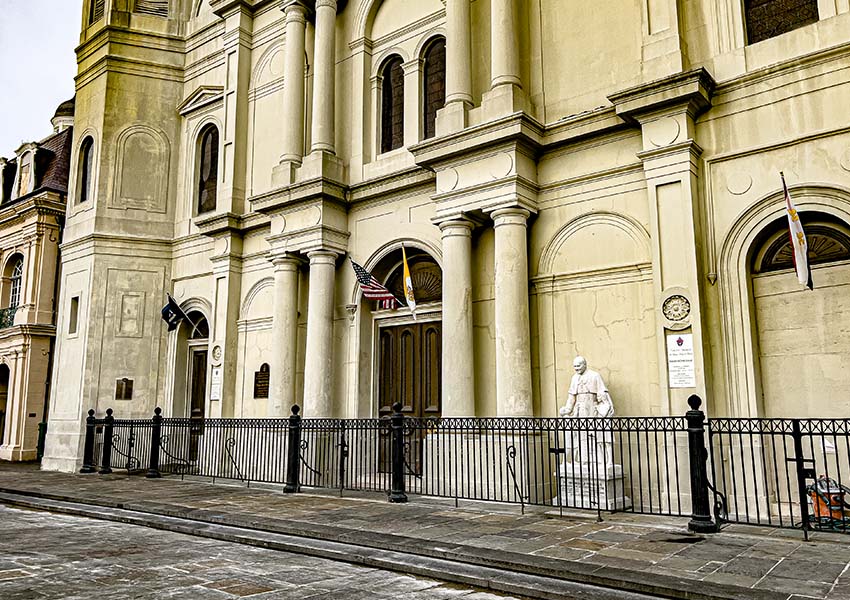
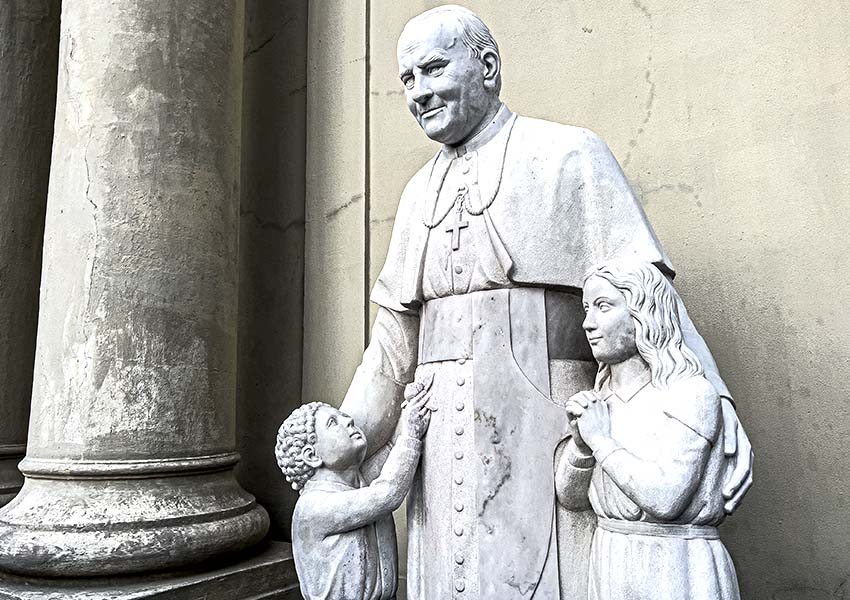
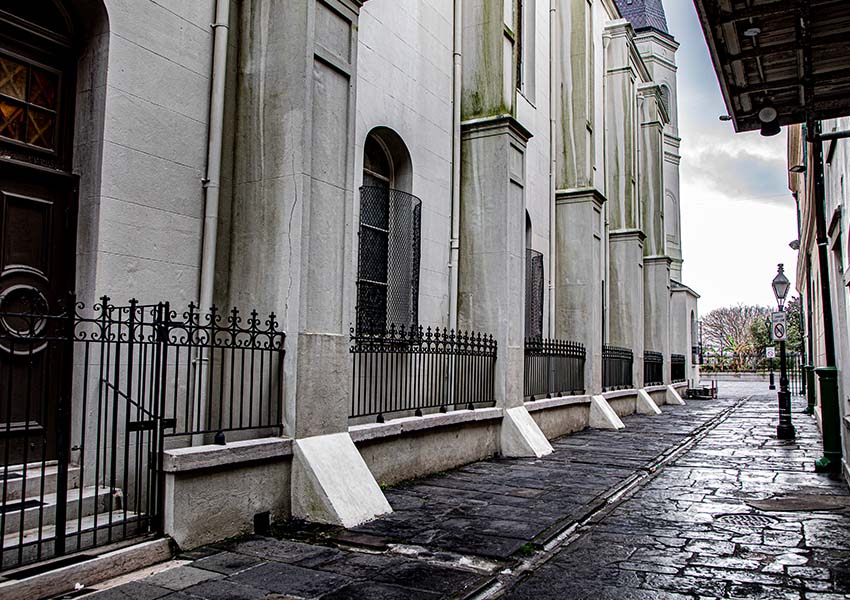
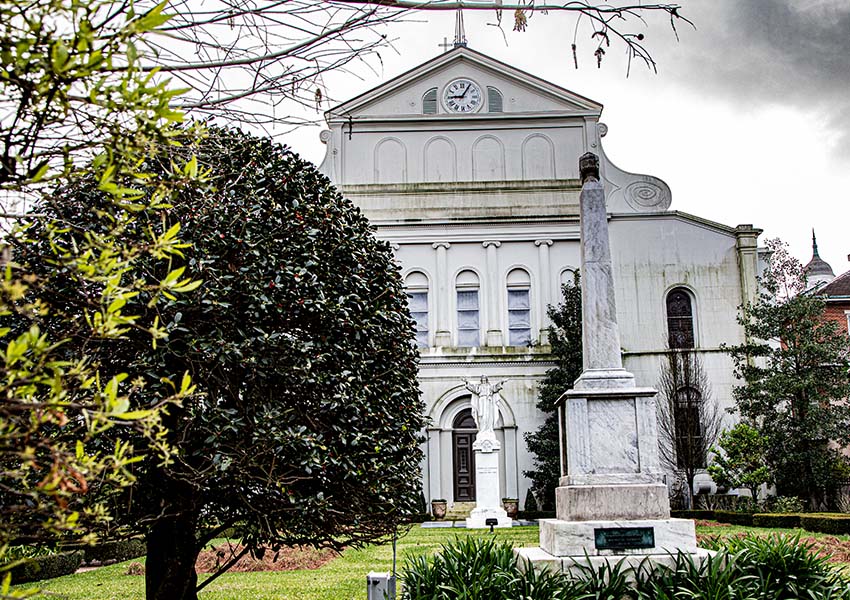
STILL HAUNTED?
Most probably so, though no paranormal investigation has been done to back these hauntings up with hard evidence. however, the volumes of personal experiences reported over the years, surely do strongly suggest that these entities still hang around this impressive basilica, as a lot of history and drama took place here.
Tons of personal sightings and experiences with all these entities have been reported for years.
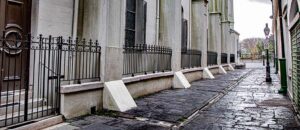
LOCATION
615 Pere Antoine Alley
New Orleans, LA 70116
The Saint Louis Cathedral Basilica can be found near the corner of Peron Antone Alley and Chartres Street, directly across from Jackson Square.
SOURCES INCLUDE
- Saint Louis Cathedral Web Site
- Saint Louis Cathedral page on Wikipedia
- hauntedneworleanstours.com
Our Haunted Paranormal Stories are Written by Julie Carr
Our Photos are copyrighted by Tom Carr
Visit the memorable… Milwaukee Haunted Hotel

